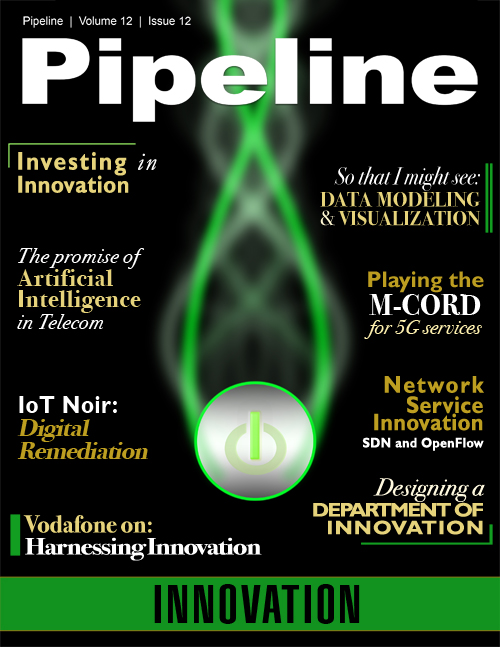The Promise of Artificial Intelligence in Telecom
Flytxt is facilitating the application of advanced algorithms from data science to Hadoop clustered data today. Many other big-data applications are starting down this route. Full access to data science functions will open the advanced pattern recognition and non-linear modelling sub technology of AI. The ability to associate all environment, corporate, network, service, and customer data, regardless of the stovepipe source, will provide possibilities to see new patterns in that data. What patterns? We do not yet know.
The next advances in customer service will be based on understanding obscure but underlying patterns in data. At the early, less challenging end of a spectrum is today’s analytics products. But AI hints at something qualitatively different at the future high end of this technology spectrum.
Why Telecom Needs AI
Networks exponentially grow in scale and complexity. With the advent of the Internet of Things, the size of networks will grow at least 10,000 fold. We are long, long past the point where humans can manage this network expansion. Our network management systems, billing systems and customer management systems cannot do this job the way we want it done. For some time we have needed products that help manage the management systems themselves. And despite corporate consolidation trends, buying up and bundling more and more product lines, we cannot merge ourselves out of this problem.
There likely will be roles for physical autonomic machines in running a telecommunications business. We can adapt the kind of robotic technologies we use in assembly lines and warehouses, for example, to swap out a failing server blade, replace a malfunctioning router, or connect up more fiber. Today these are done by people, but as networks grow, and as the environments which are optimal for servers and networks depart from those comfortable to humans, (not just cramped server buildings, but underwater datacenters, undersea cables, and broadcast devices higher than five thousand meters) more robots will build and maintain networks.
Billing and customer management software companies (such as Amdocs, Metratech, Apptium, CSG International, Ericsson, and others) are now using algorithms that can fine tune the customer experience in interesting ways. If we can create a machine with empathy, AI could use these approaches to handle the vast majority of online interactions between customers and service providers. Empathy for machines is still a work in progress, but it’s just a flavor of the Turing Test. However, we can use complex neural networks to very effectively mimic empathy, and if that results in making decisions that appear fair and understanding to a customer, then that’s progress.
As we move forward in implementing Software Defined Networks and Network Function Virtualization, we are providing an infrastructure framework for the future that will be much more cost-effective and scalable than existing network systems based on discrete components with hard-wired capabilities. SDN and NFV will enable the carrying of much more and diverse traffic, as well as giving providers the ability to collaborate to provide more and more sophisticated services, bundles of services and mashups. It will allow the possibility for customers, and operators, to interact with the network in previously unthought-of ways, and even for customers to interact to some extent with the systems that manage the network. The key here is "previously unthought-of ways." What patterns can machine intelligence discover that a human cannot? We can AI conceptualize over an above what a human can?



















